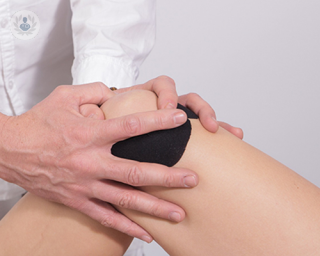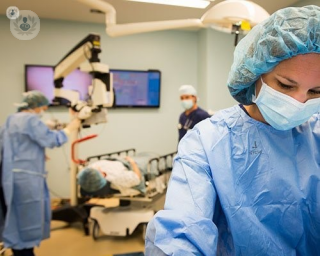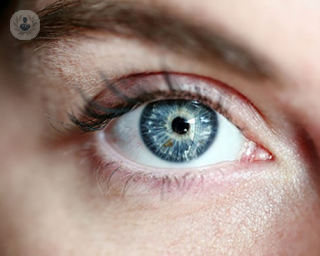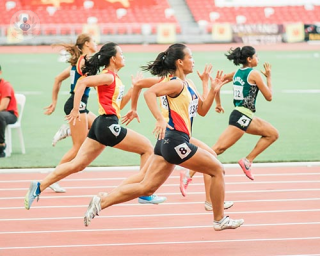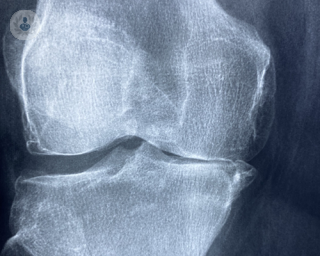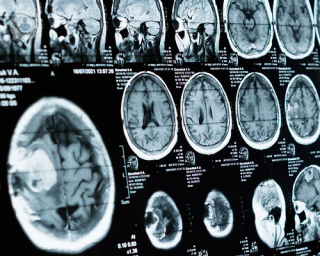
By Dr Amanda Varnava
02.05.24
How to protect your heart: part 2
In the second article of a two-part series leading consultant cardiologist Dr Amanda Varnava suggests strategies to improve your heart health and provides guidance for different life stages, with attention to issues that may arise in your twenties.

